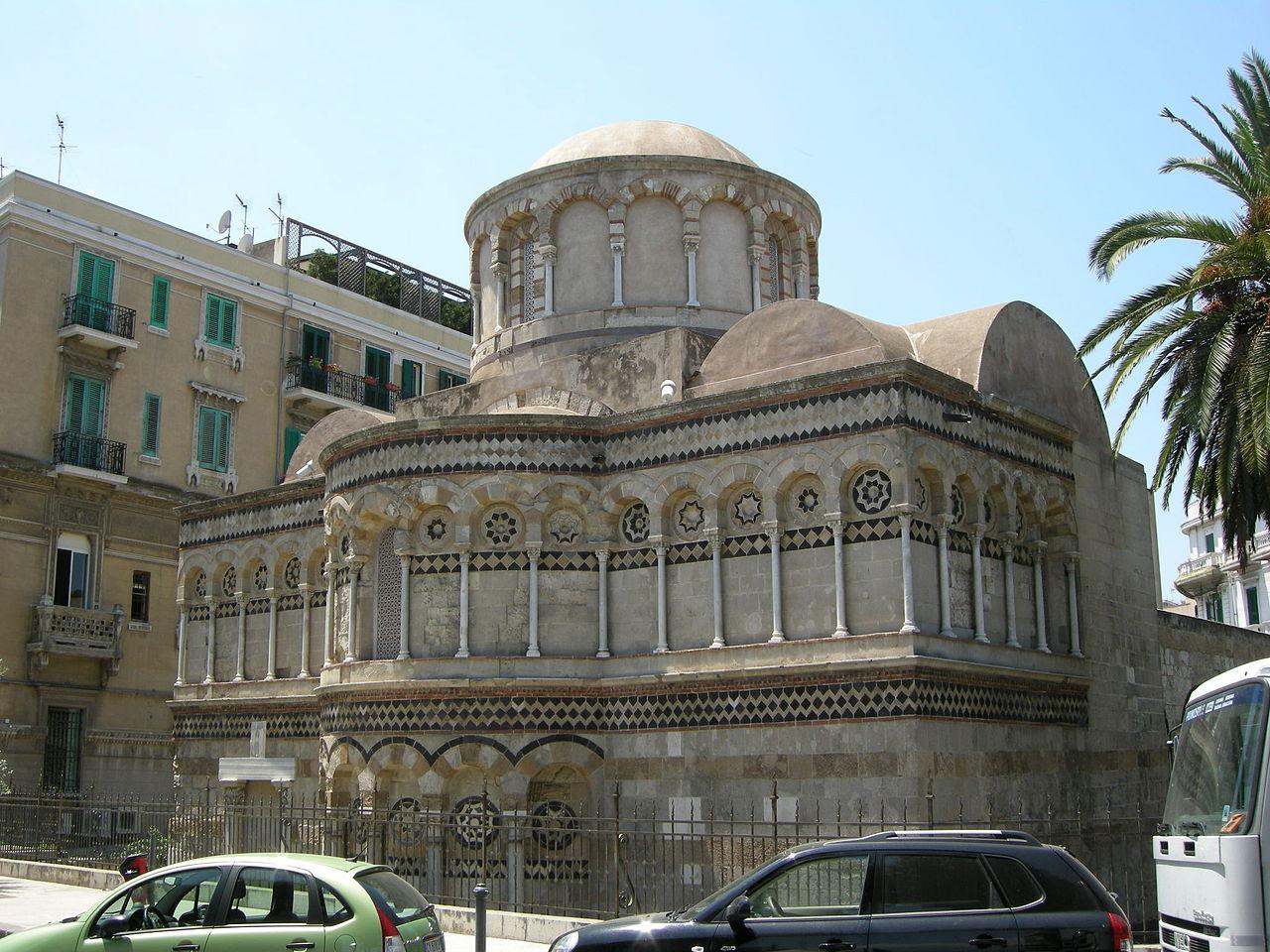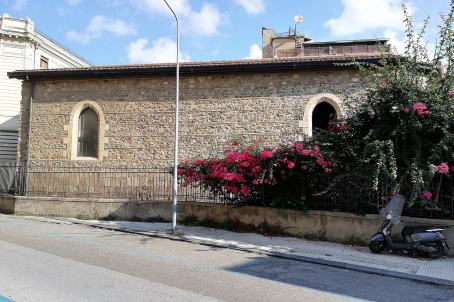Chiesa della Santissima Annunziata dei Catalani
The construction of the Annunziata dei Catalani began in the second half of the 11th century (apse, transept, dome) and was completed at the beginning of the following century (façade and porches) after an earthquake. It seems that the builders of the church incorporated elements (columns) from an ancient temple of Neptune into its construction. The church has a typical plan of late Norman architecture in Sicily.






